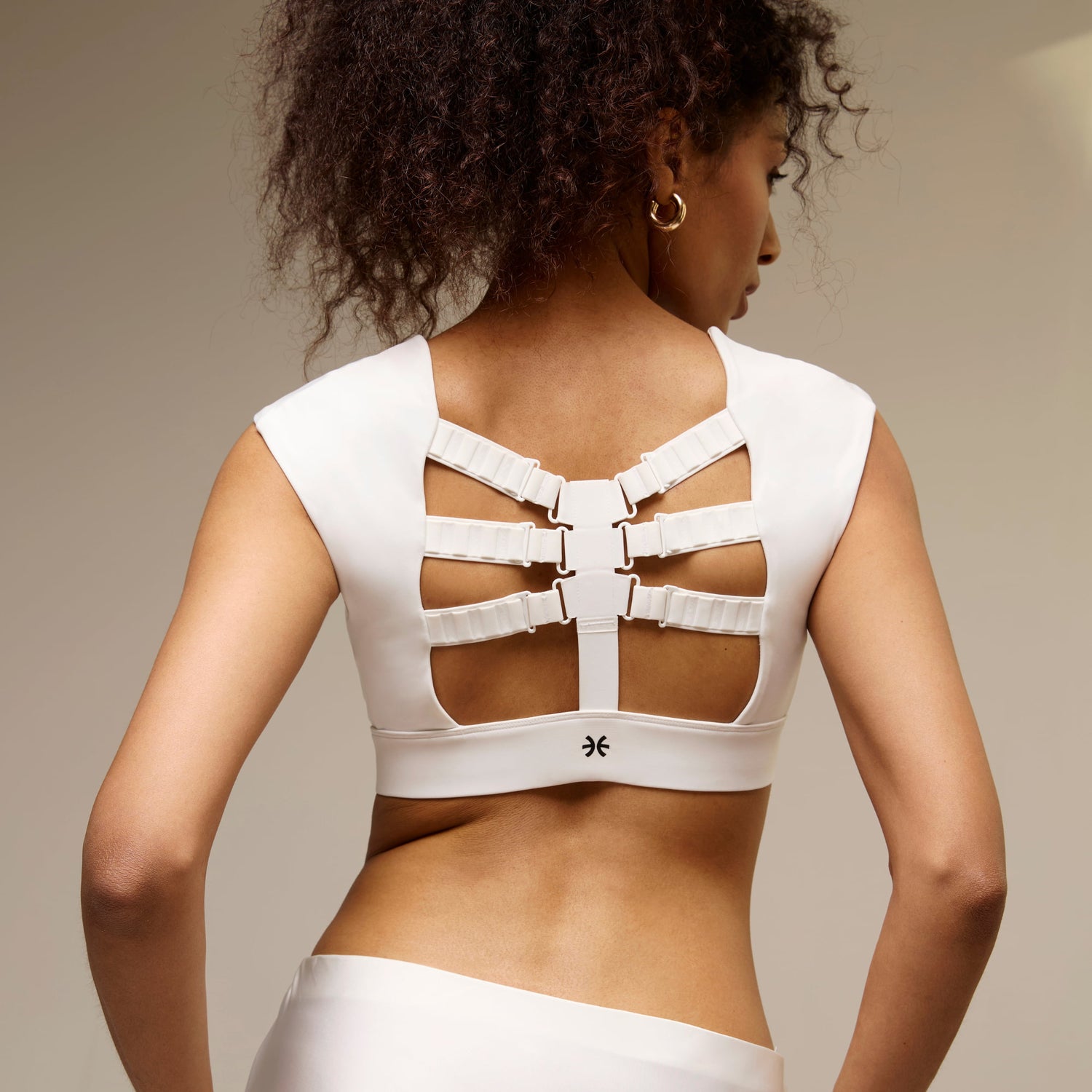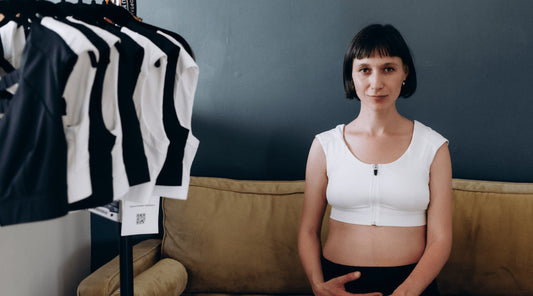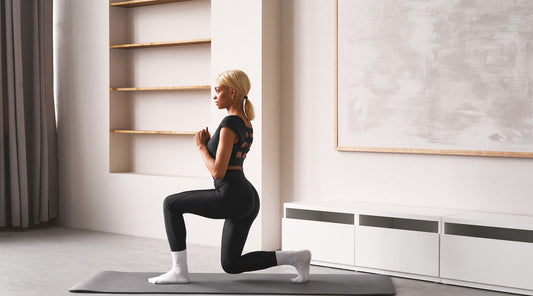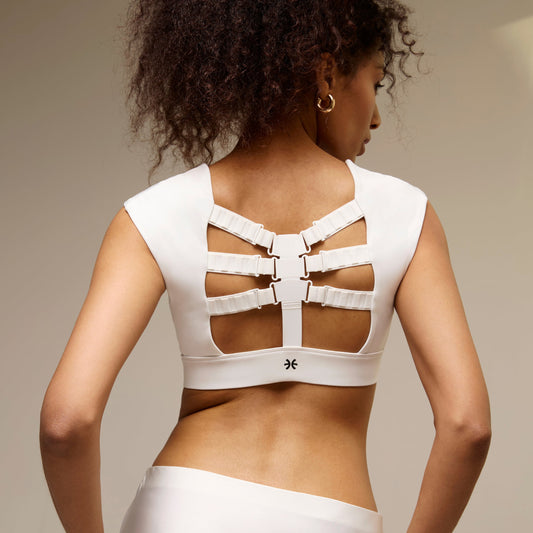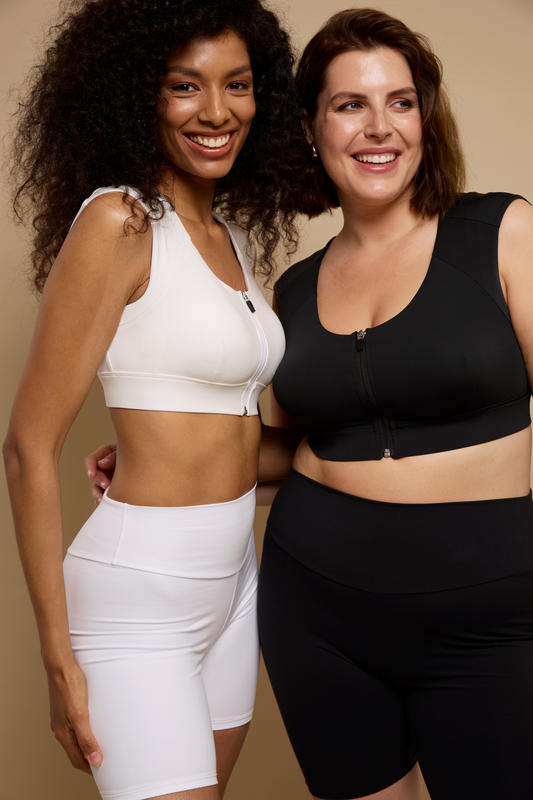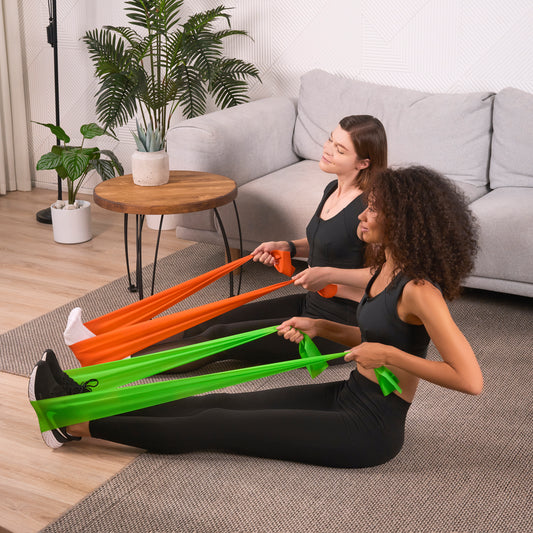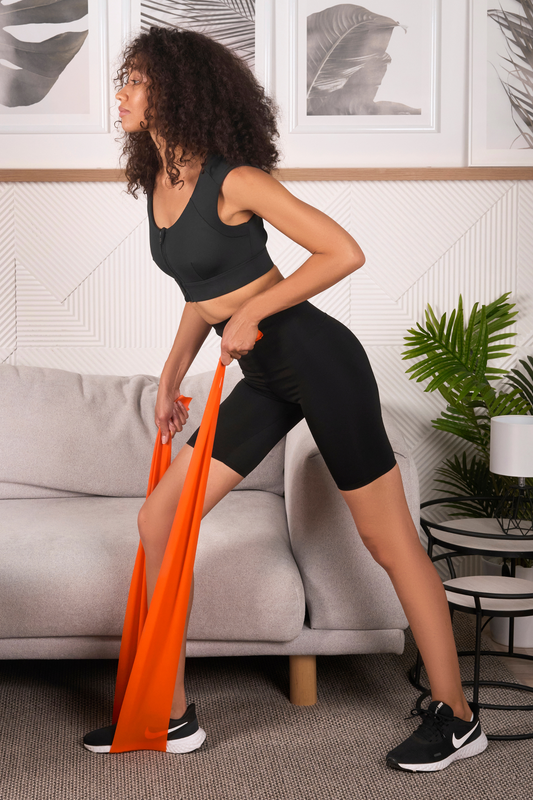Any age is a wonderful time to maintain proper posture for general health and well-being. Injuries and discomfort can result from bad posture in the elderly. Balance and mobility are critical for seniors to maintain healthy, independent lives both within and outside of assisted living facilities, and posture can impact these aspects of life.
People of all ages suffer from bad posture, particularly as screen time and sitting time rise. You might have observed that it's harder to keep an aging posture.
While it's normal for posture to change as anyone ages, it's still feasible to correct posture for elderly people. A few little, consistent lifestyle adjustments can help you avoid some severe health issues in the future.
The Importance of Good Posture in Aging
Maintaining proper posture can enhance quality of life and mobility. Headaches and back pain are among the short-term consequences of poor posture.
Long-term consequences include rounded shoulders, spinal dysfunction, pain that radiates beyond the back, and limited movement. Most people would benefit from adding posture-enhancing activities to their routine.
How Aging Affects Posture and Mobility
As people age, their joints will exhibit certain variations in mobility, regardless of their level of health, partly because of alterations in the connective tissues. A joint range of motion can significantly change function since it directly affects elderly posture and movement.
The Connection Between Poor Posture and Pain in Seniors
We cannot stop the aging process, but we can delay the pace of deterioration and protect what remains by maintaining a healthy weight and strong, supporting muscles. Stronger muscles and controlling weight are two fundamental yet important variables that lessen the strain on bones and joints and can undoubtedly aid with a variety of age-related problems. Proper posture can help lower the chance of falls, as well as with joint pain and muscular strain.
Common Posture Issues Faced by Seniors
Proper posture becomes more challenging for elderly because they typically lose strength and flexibility. Knowing the underlying reasons for stooped posture in older people is crucial before proceeding with treatments.
Understanding Stooped Posture in the Elderly
A stooped posture, which is frequently seen in the elderly, is caused by an exaggerated rounding of the upper back and shoulders due to age-related changes in the muscles and joints of the spine.
The risk of fractures and falls may increase in this position since it may be more difficult to move around and maintain balance. In addition to chronic shoulder, back, and neck discomfort, it may cause respiratory issues and a general reduction in quality of life.
How Poor Posture Affects the Body’s Muscles and Joints Over Time
Poor posture further strains the muscles and ligaments in the back, neck, and joints, ultimately resulting in pain and discomfort.
Spinal deformities, including kyphosis, occur when the upper back slopes excessively downward due to chronically poor posture.
The next stage is understanding how to prevent stooping in old age. The best course of action in this situation is to wear a posture corrector.
Health Benefits of Correct Posture for Elderly People
Maintaining strong core, chest, and back muscles can avoid posture issues. Considering posture and aging, it is crucial to remember to do exercises that target the core and shoulders.
How Good Posture Enhances Mobility and Reduces Pain
When you have good posture, your spine's supporting muscles are used. However, these muscles cannot withstand the strain that a forward head, tilted hips, and excessively curved spines place on them. As a result of this stress, your back will start to hurt.
By keeping your posture aging correct, you may improve your mobility and lessen the tension on your joints and muscles, which lowers your chance of developing musculoskeletal problems, including neck strain and back pain.
Improving Circulation and Respiratory Health with Proper Posture
Good posture enhances circulation, which means your body receives more oxygen, elevating your mood and perception. Research has even demonstrated that seniors who sit and stand up straight have more vitality and self-assurance.

Practical Posture Tips for Seniors
Good posture is characterized by a gently curved spine and an ear that aligns with the shoulder, hip, knee, and ankle as viewed from the side. Consider the improving posture tips.
Practice Daily Stretching for Flexibility
Proper alignment and body function are based on developing a strong core. The lower back, obliques, and abdominals are important muscle groups to work out to improve posture and balance during daily tasks.
Planks, Russian twists, and bicycle crunches are a few exercises that can help develop these muscles, increasing spinal support and lowering the chance of injury. In addition to improving physical performance, regular core-strengthening exercises promote general fitness and wellbeing.
Use Supportive Footwear to Maintain Balance
Properly made shoes offer the support and grip required to avoid trips and falls. They can also help with foot stabilization and balance, making regular tasks safer. Proper posture and balance are maintained by wearing shoes that provide arch support, cushioning, and a snug fit.
Supportive Accessories for Posture Improvement in Seniors
Thanks to various posture correctors available on the market today, seniors can sit up straight, relieve shoulder and back pain, and remember to take regular rests.
Choosing the Best Posture Corrector for Seniors
A posture corrector can help align the body more correctly and reduce discomfort. Some resemble wearable harnesses that direct the muscles to become more symmetrical.
Several crucial criteria influence the choice of senior posture corrector. Comfort comes first. Wearing a decent posture corrector should be comfortable. Then adaptability is also crucial. Changing the fit to suit you should be simple. Your spinal alignment must be maintained with the aid of the posture corrector.
Additionally, you should consider the materials used. Due to skin sensitivity, some people require hypoallergenic choices. The corrector or posture back brace should be simple to use and not show up too much under clothing. It should be a long time before it breaks down.
How the Etalon Posture Corrector Helps Seniors Maintain Mobility
Numerous factors, such as lifestyle, work, genetics, and habits formed over time, might affect how we posture ourselves as we age. However, several circumstances can make bad posture worse as we age, reducing the quality of our posture overall.
Although correcting posture can be difficult, the Etalon posture correcting bra was created specifically for efficient posture correction.
Features of the Etalon Bra That Benefit Elderly Posture
A sturdy support structure keeps your breasts in place and your upper body straight without limiting your range of motion. It utilizes every bra component.
The Etalon Posture Bra's straps gently raise your chest by drawing your scapulae closer together, allowing you to feel the effect on your posture immediately.
How can Etalon Bra be helpful for the elderly?
- Keep from slouching.
- Correct any imbalances in your muscles.
- Alleviate back and neck pain brought on by bad posture.
- Minimize symptoms of bad postures, such as persistent headaches and gastrointestinal disorders.
The sturdy fabric for Etalon's posture bras is rPET, derived from recycled post-consumer plastic bottles. After being crushed, cleaned, and turned into premium fabric, this plastic keeps the skin cool and avoids chafing and irritation.
Conclusion
Adopting a posture-conscious mindset may significantly improve your general well-being. Mindful posture, movement, and sitting may reduce the risk of muscle strain, increase circulation, and sharpen your mind.
Maintaining an active lifestyle, strengthening our muscles, practicing good posture, and being aware of our body alignment can reduce the risks of bad posture in our senior years.
FAQs
How can seniors improve their posture to reduce back pain?
What are some easy exercises for seniors to prevent a stooped posture?
Is a posture corrector safe and effective for elderly individuals?
How does poor posture impact mobility and balance in older adults?
Trending
Try Etalon posture improvement products
